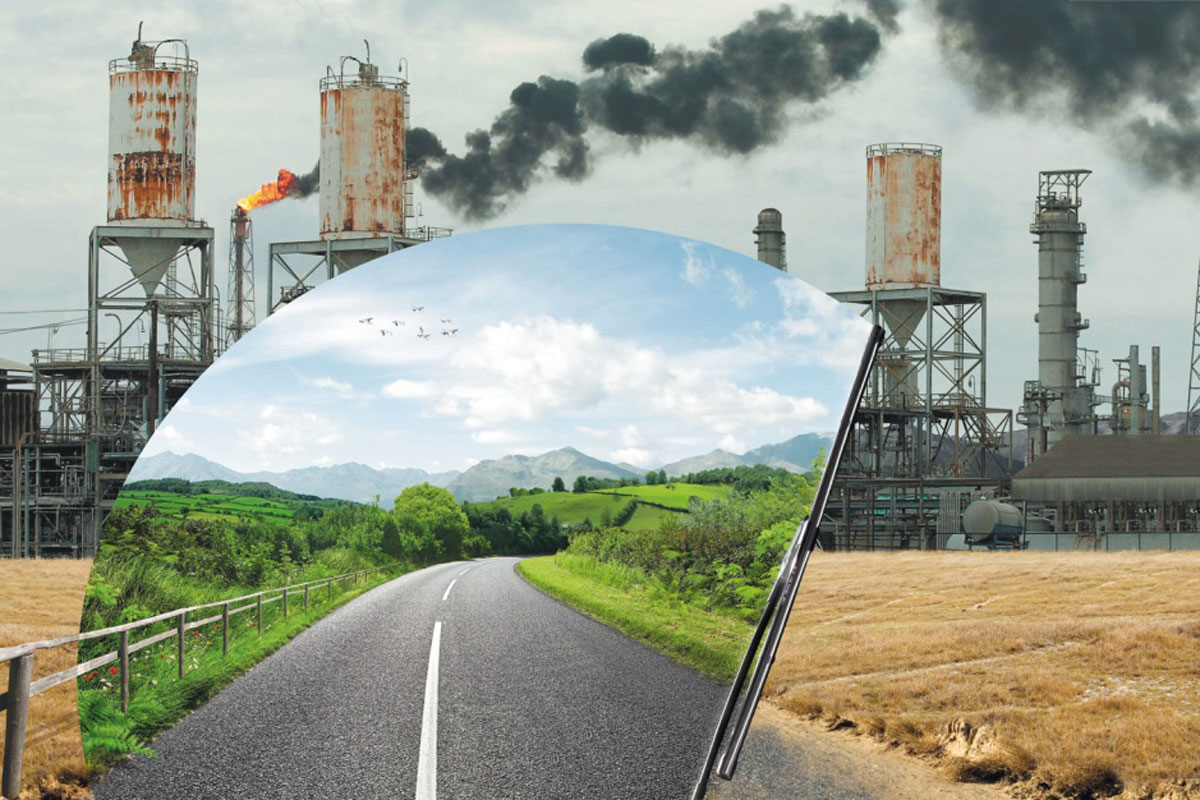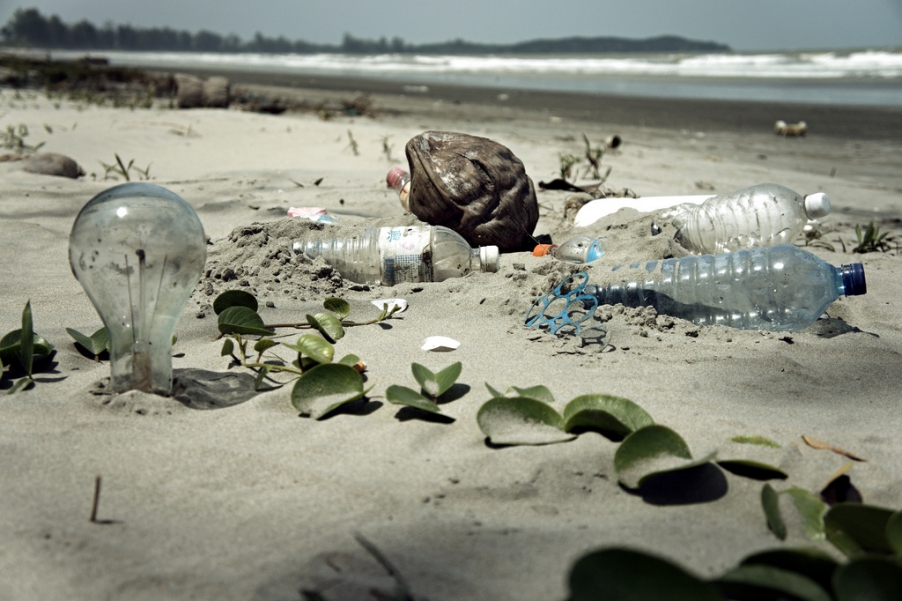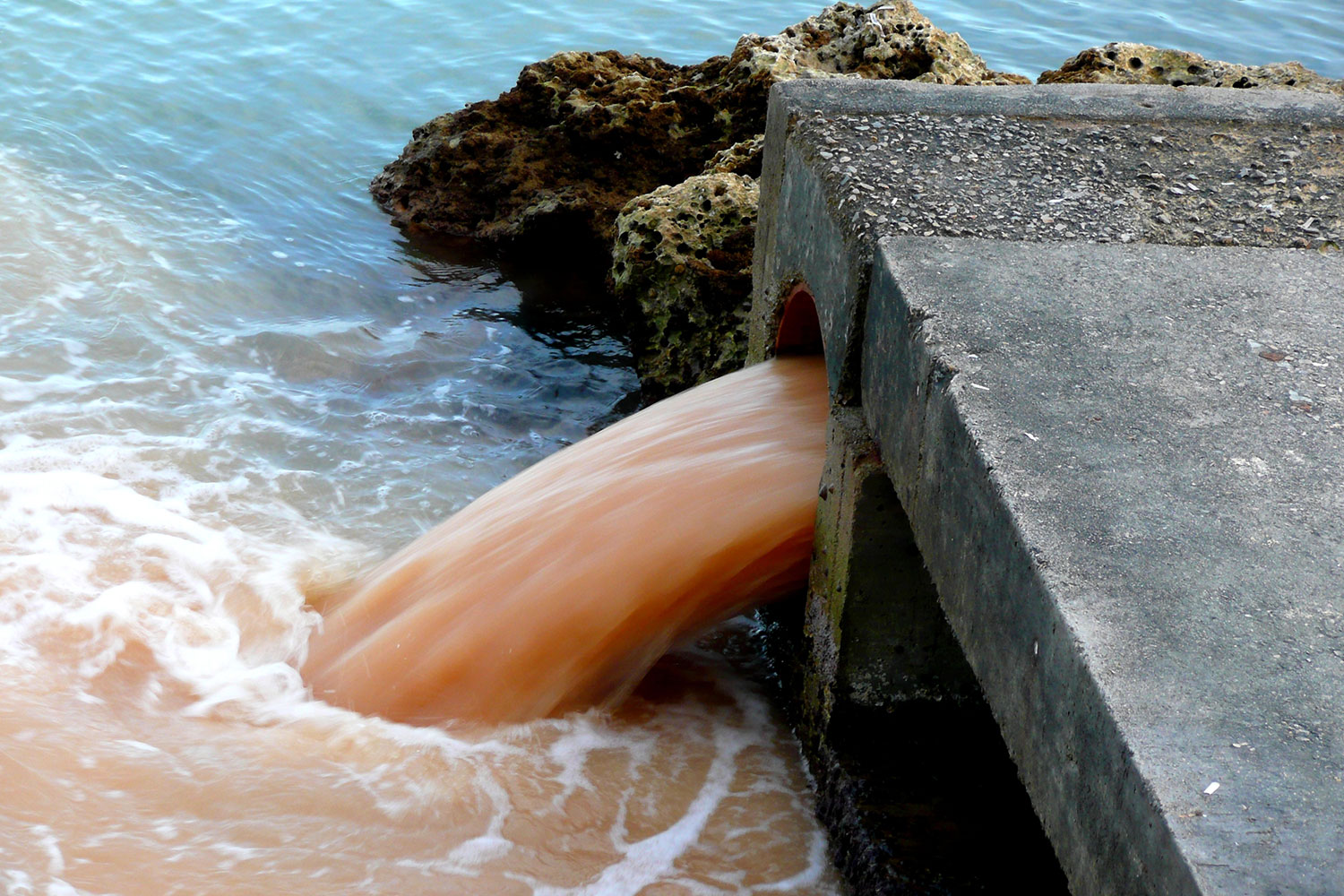Environmental pollution is a topic that is regularly discussed in the news and academia. Many international organizations have been created to combat the deterioration of natural conditions. Scientists have long been sounding the alarm about the inevitability in the very near future.
At the moment, a lot is known about environmental pollution - a large number of scientific works and books have been written, numerous studies have been carried out. But in solving the problem, humanity has made very little progress. Pollution of nature is still an important and urgent issue, the postponement of which can turn out to be tragic.
Biosphere pollution history
In connection with the intensive industrialization of society, environmental pollution has become especially aggravated in recent decades. However, despite this fact, natural pollution is one of the most ancient problems in human history. Even in the primitive era, people began to barbarously destroy forests, exterminate animals and change the landscape of the earth to expand the territory of residence and obtain valuable resources.
Even then, this led to climate change and other environmental problems. The growth of the planet's population and the progress of civilizations were accompanied by increased mining, drainage of water bodies, as well as chemical pollution of the biosphere. The Industrial Revolution marked not only a new era in the social order, but also a new wave of pollution.
With the development of science and technology, scientists have received tools that made it possible to accurately and detailed analysis of the ecological state of the planet. Weather reports, control of the chemical composition of air, water and soil, satellite data, and ubiquitous smoky pipes and oil spills on the water indicate that the problem is rapidly aggravating with the expansion of the technosphere. It is not for nothing that the appearance of man is called the main ecological catastrophe.
Classification of pollution of nature
There are several classifications of environmental pollution based on their source, direction, and other factors.
So, the following types of environmental pollution are distinguished:
- Biological - the source of pollution is living organisms, it can occur for natural reasons or as a result of anthropogenic activity.
- Physical - leads to a change in the corresponding characteristics of the environment. Physical pollution includes thermal, radiation, noise and others.
- Chemical - an increase in the content of substances or their penetration into the environment. Leads to a change in the normal chemical composition of the resource.
- Mechanical - pollution of the biosphere with garbage.
In fact, one type of pollution can be accompanied by another or several at once.
The gaseous shell of the planet is an integral participant in natural processes, determines the thermal background and climate of the Earth, protects against destructive cosmic radiation, and affects relief formation.
The composition of the atmosphere has changed during the entire historical development of the planet. The current situation is such that part of the volume of the gas envelope is determined by human economic activity. The composition of the air is heterogeneous and differs depending on the geographic location - in industrial regions and large cities there is a high level of harmful impurities.
- chemical plants;
- enterprises of the fuel and energy complex;
- transport.
These pollutants cause heavy metals such as lead, mercury, chromium and copper in the atmosphere. They are permanent air components in industrial areas.
Modern power plants emit hundreds of tons of carbon dioxide into the atmosphere every day, as well as soot, dust and ash.
The increase in the number of cars in settlements has led to an increase in the concentration of a number of harmful gases in the air, which are part of the engine exhaust. Large quantities of lead are released due to anti-knock additives added to transport fuels. Cars generate dust and ash that pollute not only the air, but also the soil, settling on the ground.
The atmosphere is also polluted by highly toxic gases emitted by the chemical industry. Waste from chemical plants, for example, nitrogen and sulfur oxides, cause and can react with components of the biosphere to form other hazardous derivatives.
As a result of human activity, forest fires regularly occur, during which colossal amounts of carbon dioxide are released.

Soil is a thin layer of the lithosphere, formed as a result of natural factors, in which most of the exchange processes between living and nonliving systems take place.
Due to the extraction of natural resources, mining operations, the construction of buildings, roads and airfields, large-scale areas of soil are being destroyed.
Unsustainable human economic activity has caused the degradation of the fertile layer of the earth. Its natural chemical composition changes, mechanical pollution occurs. The intensive development of agriculture leads to significant land losses. Frequent plowing makes them vulnerable to flooding, salinization and winds that cause soil erosion.
The abundant use of fertilizers, insecticides and chemical poisons for the destruction of pests and cleansing of weeds leads to the ingress of toxic compounds unnatural for it into the soil. As a result of anthropogenic activities, chemical pollution of lands with heavy metals and their derivatives occurs. The main harmful element is lead, as well as its compounds. When processing lead ores, about 30 kilograms of metal are thrown out from each ton. Car exhaust, which contains a large amount of this metal, settles in the soil, poisoning the organisms that live in it. Liquid waste from mines contaminates the earth with zinc, copper and other metals.
Power plants, radioactive fallout from nuclear explosions, research centers for the study of atomic energy cause radioactive isotopes to enter the soil, which then enter the human body with food.
The reserves of metals concentrated in the bowels of the earth are scattered as a result of human production activity. Then they concentrate in the upper soil layer. In ancient times, man used 18 elements from those found in the earth's crust, and today all are known.

Today, the earth's water envelope is much more polluted than one might imagine. Oil spills and bottles floating on the surface are just what you can see. A significant part of the pollutants is in a dissolved state.
Water deterioration can occur naturally. As a result of mudflows and floods, magnesium is washed out of the mainland soil, which enters water bodies and harms fish. As a result of chemical transformations, aluminum penetrates into fresh water. But natural pollution is negligible compared to anthropogenic pollution. Through the fault of a person, the following fall into the water:
- surface active compounds;
- pesticides;
- phosphates, nitrates and other salts;
- medicines;
- petroleum products;
- radioactive isotopes.
Sources of these pollutants are farms, fisheries, oil platforms, power plants, chemical plants, and sewage.
Acid rain, which is also the result of human activity, dissolves the soil, washing out heavy metals.
In addition to the chemical, there is the physical, namely the thermal. Most of all water is used in the production of electricity. Thermal stations use it to cool turbines, and the heated waste liquid is discharged into reservoirs.
Mechanical deterioration of water quality by household waste in settlements leads to a reduction in the habitats of living beings. Some species die.
Contaminated water is the main cause of most diseases. As a result of liquid poisoning, many living creatures die, the ocean ecosystem suffers, and the normal course of natural processes is disrupted. The pollutants eventually enter the human body.

Pollution control
To avoid environmental disaster, combating physical pollution must be a top priority. The problem must be solved at the international level, because nature has no state borders. To prevent pollution, it is necessary to impose sanctions on enterprises that dispose of waste into the environment, to impose large fines for placing garbage in the wrong place. Financial incentives can also be used to stimulate compliance with environmental safety standards. This approach has proven to be effective in some countries.
A promising direction in the fight against pollution is the use of alternative energy sources. The use of solar panels, hydrogen fuel and other energy-saving technologies will reduce the release of toxic compounds into the atmosphere.
Other pollution control methods include:
- construction of treatment facilities;
- creation of national parks and reserves;
- an increase in the number of green spaces;
- population control in third world countries;
- drawing public attention to the problem.
Environmental pollution is a large-scale global problem, which can only be solved with the active participation of everyone who calls the planet Earth their home, otherwise an ecological catastrophe will be inevitable.
